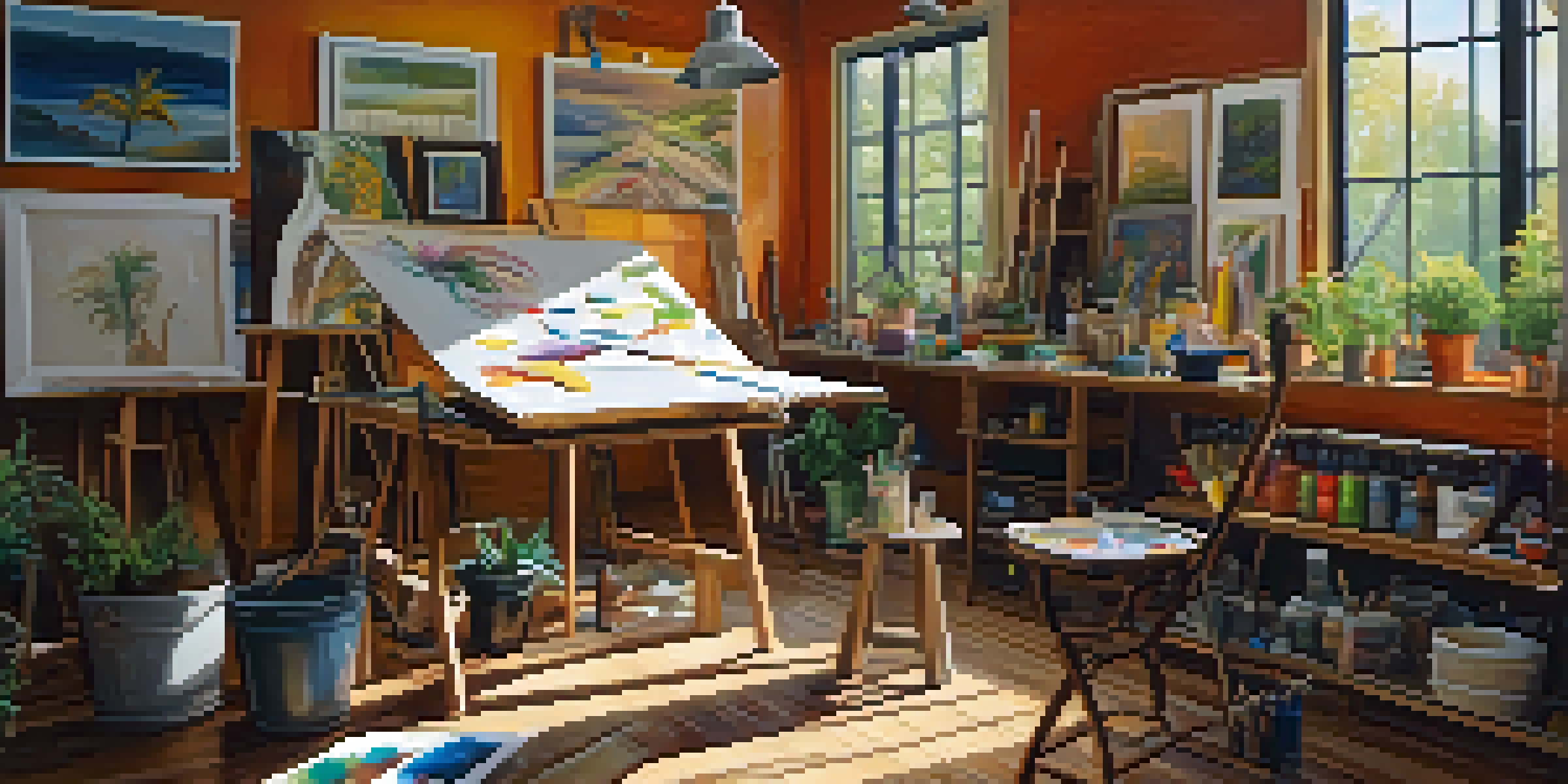Artistic Expression: The Intersection of Disability and Painting

Understanding Artistic Expression in the Context of Disability
Artistic expression is a powerful means of communication that transcends verbal language. For many artists with disabilities, painting becomes a vital outlet for expressing their unique perspectives. This intersection of disability and art not only highlights individual experiences but also challenges societal perceptions of ability and creativity.
The Role of Painting as a Therapeutic Outlet
Painting can offer a therapeutic escape for individuals facing physical or mental challenges. Engaging in the creative process allows artists to explore their emotions and experiences in a tangible way. Many find that the act of painting provides a sense of control and empowerment, transforming personal struggles into visually stunning narratives.
Art as a Voice for Disability
Artistic expression empowers individuals with disabilities to communicate their unique experiences and challenge societal perceptions.
Famous Artists with Disabilities Breaking Barriers
Throughout history, many renowned artists have navigated disabilities while producing remarkable work. For instance, Frida Kahlo used her art to express her pain and identity, creating pieces that resonate with countless people. Their stories serve as inspiration, showing that creativity knows no bounds and that disability can be a source of profound artistic insight.
Exploring Different Mediums and Techniques
Artists with disabilities often adapt various techniques and mediums to fit their unique needs and preferences. For example, some may use adaptive tools that make painting more accessible, while others might explore digital art as an alternative. This innovation not only enhances the creative process but also broadens the spectrum of artistic expression available to all.
Painting as a Therapeutic Tool
Engaging in painting helps artists with disabilities explore emotions and gain a sense of control over their narratives.
Community and Support in the Artistic Journey
Community plays a crucial role in supporting artists with disabilities. Local art groups and online platforms provide spaces for sharing work, receiving feedback, and fostering connections. This sense of belonging can be empowering, allowing artists to thrive and be inspired by one another’s journeys.
The Impact of Disability on Artistic Themes
The experiences of disability often shape the themes and subjects artists choose to explore. Many artworks delve into concepts of identity, resilience, and the human condition, offering fresh perspectives that challenge conventional narratives. By weaving their experiences into their art, these artists invite viewers to engage with deeper social issues and personal stories.
Community Supports Artistic Growth
Supportive communities and platforms enhance the artistic journeys of individuals with disabilities, fostering connection and inspiration.
Exhibitions and Platforms Celebrating Diverse Voices
Exhibitions dedicated to artists with disabilities are becoming more prominent, showcasing their unique visions and contributions. Platforms like the Disability Arts Movement aim to amplify these voices, providing opportunities for visibility and recognition. Such initiatives not only celebrate diversity in art but also foster greater understanding and appreciation of different perspectives.
Looking Ahead: The Future of Disability in Art
As society continues to evolve, the representation of artists with disabilities is gaining momentum. The growing dialogue around inclusivity is reshaping the art world, encouraging more diverse narratives and perspectives. By embracing and supporting these artists, we can look forward to a richer, more inclusive future in the realm of artistic expression.